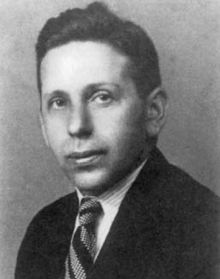Abraham Wald’s Statistical Decisions

The below article can be not much related to nowadays safety concept but it is an amazing example how statistics, e.g. methods of sequential analysis and sampling inspections can change the history.
In WWII, Allied bombers were key to strategic attacks, yet these lumbering giants were constantly shot down over enemy territory. The planes needed more armor, but armor is heavy. So extra plating could only go where the planes were being shot the most.
A man named Abraham Wald, a mathematician who’d been locked out of university positions and ultimately fled the persecution in his own home country of Hungary, was brought in to oversee the operation. He started with a simple diagram–the outline of a plane–and he marked bullet holes corresponding to where each returning bomber had been shot. The result was the anatomy of common plane damage. The wings, nose, and tail were blackened with bullet holes, so these were the spots that needed more armor.
Or at least that’s what people thought, until Wald flipped conventional logic on its head. He said the military didn’t need to reinforce the spots that had bullet holes. They needed to reinforce the spots that didn’t have bullet holes.
Because the planes that had been shot in these bullet-free zones never made it home to be accounted for. A bomber shot through the wing could likely make it to his diagram. A pilot shot through the cockpit wouldn’t.

